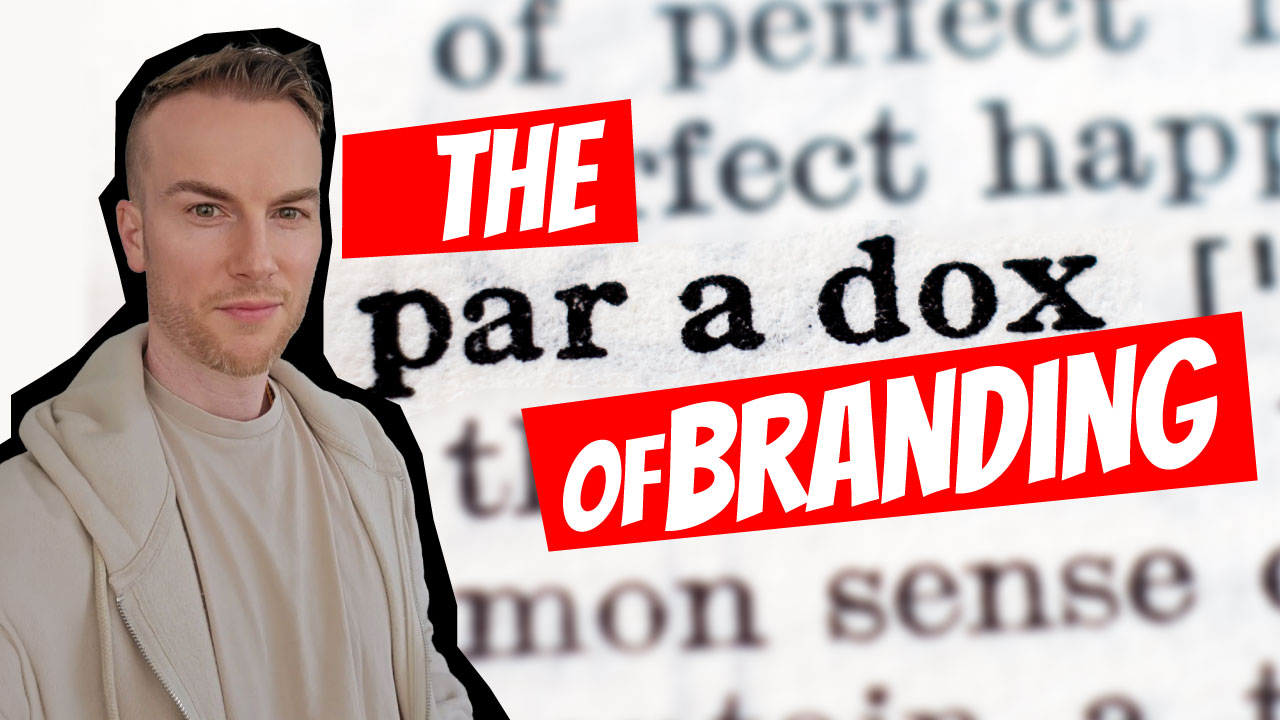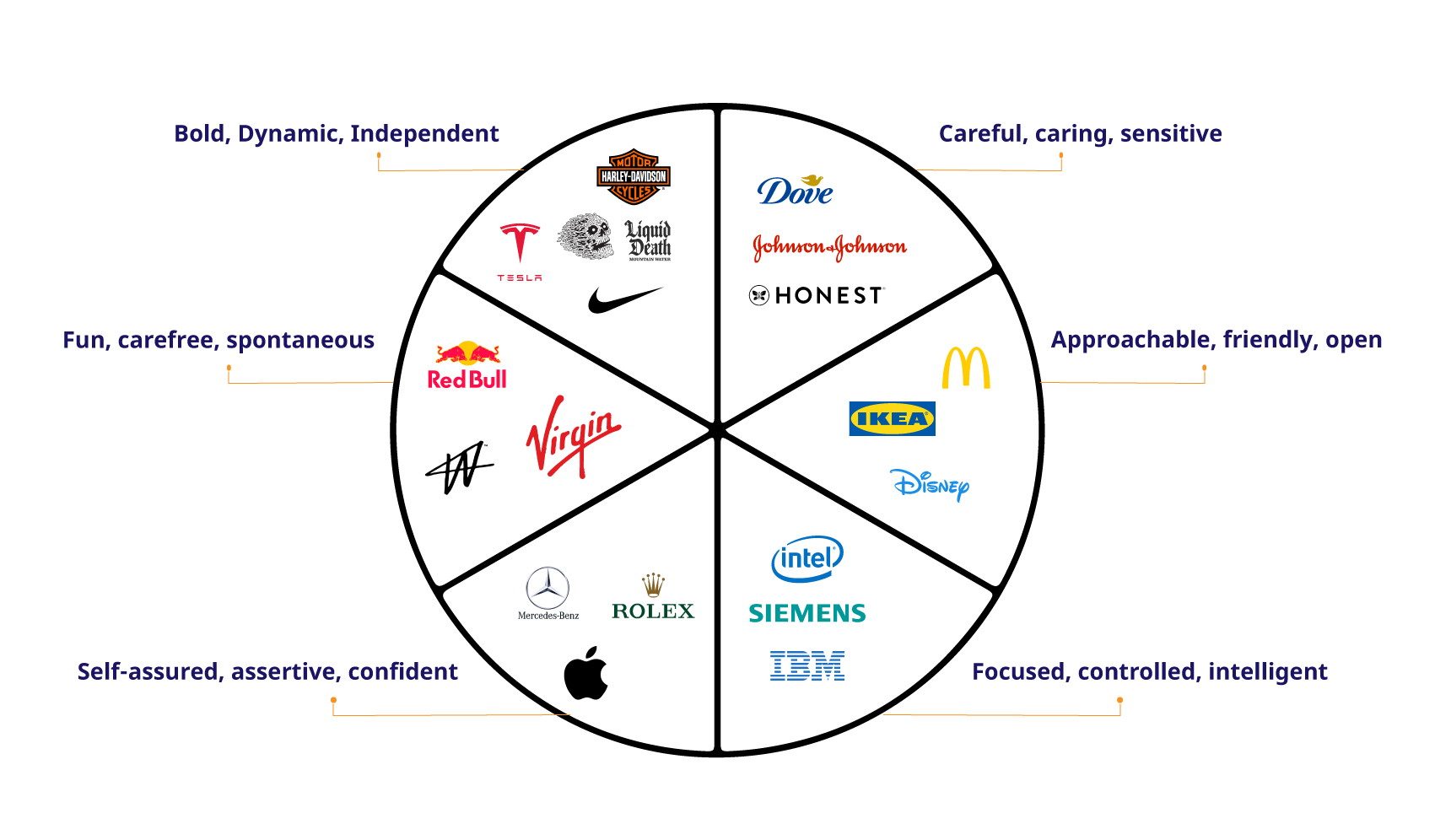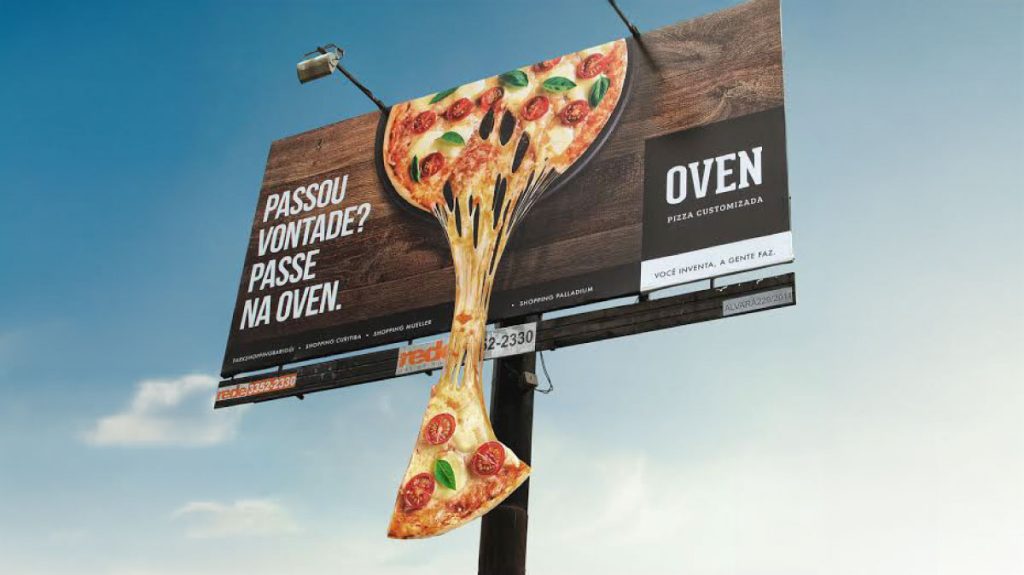Understanding Consumer Behaviour

If you follow us on social or read our blog, you may have noticed that we talk A LOT about the branding, the importance of branding, how branding is like gravity, how you either have a commodity or a brand…
We also talk a lot about storytelling marketing – in fact we have an entire page dedicated to it as it’s one of our core services. We go on at length about why brands need to tell stories (so that consumers can align their values to the brands they support), and dispelling the myths about storytelling marketing.
We talk about how consumers don’t buy products, they join tribes.
While we believe all these statements, many of us can’t recite any brand stories or values of any of the brands in which we support.
I don’t follow any cereal brands on social media, I have no idea the story behind the car I drive, don’t know any of the values of the clothing brands I wear, or the deodorant, the toothpaste, the butter… but I seem to be loyal to many of these brands for some reason or another, which I can’t articulate.
I assume this is true for the majority of consumers. There seems to be a conflict with what we believe and our actions. We buy things because we have a need for them or desire, but we often know very little about the brand.
So how is it that branding seems to be really important and also not very important at the same time? Indeed a branding paradox. We’ve written about this before, but in this post, we go into more detail.
This observation highlights an interesting dichotomy in consumer behaviour and the role of branding. This paradox is common and in this post, we will unpack it.
Branding is Like Making Deposits in a Bank
Branding is like making deposits in a bank. Each small touchpoint—be it a social media post, a logo, a customer interaction, or a product experience—adds value over time. Just as individual deposits accumulate to create substantial savings, consistent and positive brand interactions build trust and recognition.
This cumulative effect eventually reaches a tipping point, where the customer feels confident and compelled to take action, whether it’s making a purchase, recommending your brand, or engaging more deeply with your content. Every touchpoint is an investment in the relationship with your audience, paving the way for meaningful engagement and loyalty.
What is the Essence of your Brand?
Brand essence is the core of a brand’s identity and encapsulates its fundamental qualities, values, and personality traits. It’s the intangible attribute that differentiates a brand from its competitors and creates an emotional connection with its audience. When thinking about brand essence, it’s helpful to imagine it as the soul of your brand, guiding all its expressions, from visual identity and messaging to customer interactions and experiences.
One engaging way to conceptualize brand essence is to ask, “If your brand was a car, what kind of car would it be?”

This metaphor allows you to explore the personality and attributes of your brand in a tangible and relatable way. For example, if your brand were a luxury car, like a Mercedes-Benz, it might embody qualities such as sophistication, elegance, and reliability. This would suggest a brand essence centered around premium quality and a high level of trust and prestige.
Alternatively, if your brand were a sporty and dynamic car like a Tesla Roadster, it would reflect innovation, speed, and modernity. This indicates a brand essence focused on cutting-edge technology, sustainability, and excitement. By visualizing your brand as a car, you can gain a clearer understanding of its key attributes and how these should be communicated to your audience.
Ultimately, defining your brand essence through this metaphor can help align your marketing strategies, ensuring consistency across all touchpoints. It serves as a guiding principle for creating a cohesive and compelling brand experience that resonates deeply with your target market, fostering loyalty and driving long-term success.
A Paradox in Advertising: Land Rover Defender
Marketers (including me) often make a fuss about the value of copywriting, storytelling marketing, outcome-based marketing (aka JTBD), selling the experience, show don’t tell…
Then Land Rover comes along with an ad that breaks all those rules.
Their ad just shows the product along with one word (the model name), and that’s seemingly enough to create desire / demand.
How do we reconcile this apparent paradox?
👉 1. It works because Defender already has a loyal fanbase. So one word is enough. I suspect this tactic could work for other things as well like 501s, McRib, Submariner…
👉 2. It works because autos are complex and expensive. People aren’t seeing an ad and clicking “buy now”. It’s a process.
It’s important to note, this is an awareness ad designed to draw you in and create interest. The website, materials, showroom, test drive, sales rep… are what will actually sell it. This is not their only ad creative, just one in isolation. For all we know, it could fail horribly and they turn it off next week.

👉 3. It works because often people first develop an emotional connection with their heart, then try to justify it with their head. The vehicle looks stunning, which is designed to attract you on an emotional level. You can imagine it sitting in your driveway, you can imagine driving it, you can imagine being the envy of your friends and neighbours…
As the saying goes, a picture is worth a thousand words.
The Role of Branding
As discussed in many of our other posts on branding, it is important for several reasons:
Emotional Connection: Strong brands create an emotional connection with their audience. This connection can lead to brand loyalty and preference, even if consumers aren’t consciously aware of the brand’s story or values.
Differentiation: Branding helps distinguish products in a crowded market. Even if consumers don’t know the full story, they might recognize and prefer a brand because it stands out.
Trust and Reliability: Over time, a strong brand can signify quality and reliability. Consumers might choose a familiar brand over an unknown one because they trust it, even if they don’t know the backstory.
Perceived Value: A well-branded product can often command a higher price due to perceived value. This perception can stem from brand reputation, aesthetics, or marketing efforts that convey a premium image.
Continue reading:
If You’re Not Disrupting, You’re Standing Still
The Gap Between Belief and Action
Why Consumers Don’t Always Engage with Brand Stories:
Routine Purchases: For everyday items like cereal, toothpaste, or butter, the purchase decision is often based on habit, convenience, or price rather than brand story. These products fulfill basic needs, and the decision-making process is quick and pragmatic.
Limited Time and Attention: Consumers are bombarded with information and advertisements. They may not have the time or interest to delve into the stories behind every product they purchase.
Functional Needs: Sometimes, the functional aspect of a product outweighs its brand story. If a product works well, consumers might stick with it without needing to know the brand’s values.
Subconscious Influence: Branding can work on a subconscious level. Even if consumers aren’t explicitly aware of a brand’s story, consistent branding can influence their perceptions and choices subtly.
Balancing Branding and Practicality
How Branding Still Matters:
First Impressions: Branding plays a crucial role in attracting initial attention. A compelling story, attractive packaging, or strong social media presence can make a difference when consumers are trying something new.
Loyalty and Advocacy: Once a consumer has a positive experience with a brand, they might become more interested in its story and values. This can turn them into loyal customers and even brand advocates.
Niche Markets: In certain markets, brand stories and values can be more critical. For example, consumers who are passionate about sustainability might seek out brands that align with their values and become deeply engaged with those brands’ stories.
Cultural Impact: Strong brands often transcend their products and become part of popular culture. These brands can influence trends, behaviors, and even societal values, further embedding themselves in consumers’ lives.
Conclusion
Branding is both important and not important depending on the context and the consumer. While everyday purchases might not involve deep engagement with a brand’s story, branding still plays a vital role in shaping perceptions, creating differentiation, and building long-term loyalty. The key is to recognize when and how branding efforts will resonate most with your audience and to ensure your brand story is compelling and authentic for those moments when consumers do choose to engage more deeply.
- Related post: The T-Shirt Theory of Branding
- Related post: The Power of Branding: John’s Family Premium Organic Garlic
- Related post: Why You Don’t Want to Run a Business that Relies Solely on Ads


Continue reading: What’s the ROI of a Billboard












